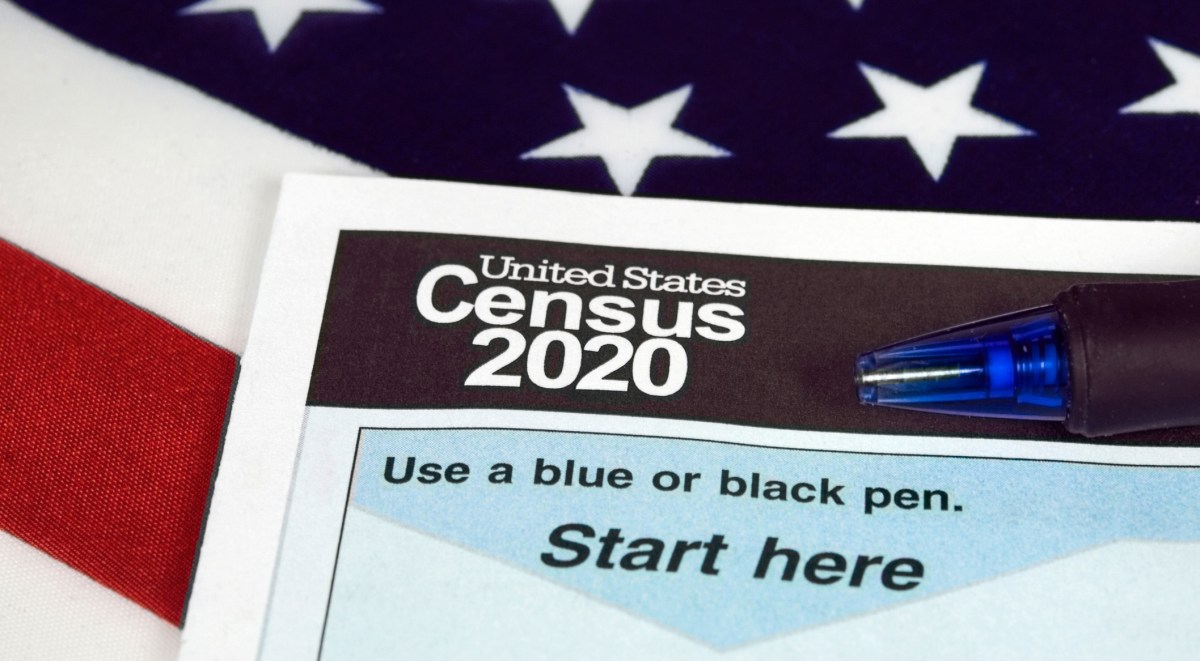For accurate census counts, local data may be the answer

As census forms begin to show up in mailboxes across the country, communities that struggle to count residents might benefit from taking a data-driven approach to outreach. Chris Dick, a managing director for Civis Analytics, a data analytics company that’s working with counties in Texas and Michigan to maximize their census outreach efforts, told StateScoop he’s encouraging such an approach.
The 2020 census will guide $1.5 trillion in federal spending, and is the first census ever to allow American citizens to self-respond via an online form, just one of 52 new technologies the Census Bureau has decided to adopt for this year’s count. The national census is also the “gold standard” for any polling or market research that local governments could conduct about their communities, Dick said.
But to reach the pockets of residents who are apathetic or fearful of the census, local officials in Texas’ Harris and Dallas counties are compiling geographic information about their communities and attitudes about the census to create a more informed and targeted outreach strategy. The analytics software helps them sort through the data.
“People are able to take all of the data we’ve loaded, both in the demographics as well as other information about the population and barriers, attitudes and motivators, and a lot of the information about different geographic areas around the city,” Dick said.
Civis Analytics’ software, called the “Census Intelligence Center,” relies on data from the 2020 Census Barriers, Attitudes, and Motivators Study, which surveyed 50,000 households to understand why people did or did not respond to the census. That survey identified factors such as apathy, privacy concerns, fear of repercussions and general distrust of government. Dick said his company has also conducted several studies for customers.
“Are they concerned about citizenship questions, for example?” he said.
In addition to the planning study data compiled by the Census Bureau, the Civis software incorporates localized geographic data, including the location of parks, community centers and public transit lines, to target specific locations with more effective messaging than in previous censuses, Dick said. The tool will also factor day-by-day counts for each census tract, enabling local officials to monitor how well outreach is going in a particular neighborhood.
“We’ve built a model of what folks should expect on a nightly basis, so that as those data are coming in, these state and local governments can say ‘hey, this tract in this neighborhood is actually over-performing, versus this track in this neighborhood is actually under-performing our expectations,’ and can optimize those scarce resources,” Dick said.
The tool is especially helpful in communities that lack the resources to flood their streets with volunteers, Dick said, because officials can quickly identify which census tracts or blocks are returning low counts. In Texas, Gov. Greg Abbott has decided that the state won’t be spending any money to promote its census counts, despite the risk of even a 1 percent undercount potentially costing the state $300 billion. In total, just 20 states have appropriated funds to promote an accurate count, according to the National Conference of State Legislatures. As a result, local officials have had to take precautions to ensure their counts are as complete as possible.
“[Officials] can filter it so that they ensure they’re reaching the right people with the right message at the right time,” Dick said.





